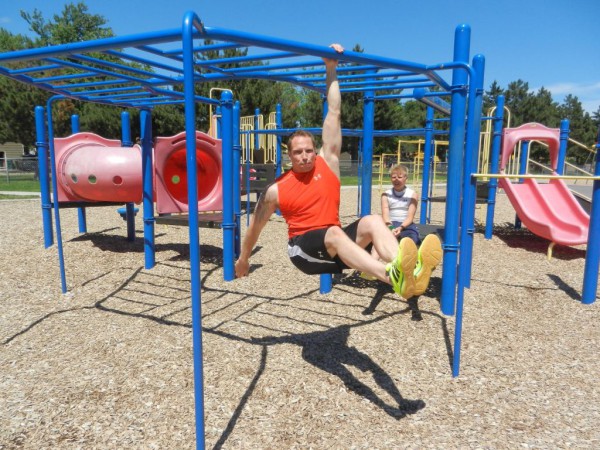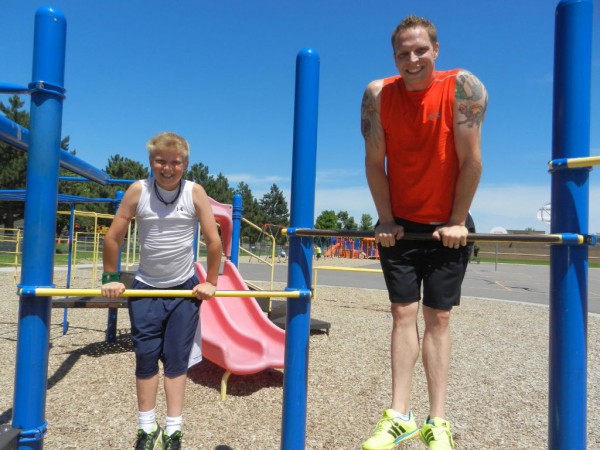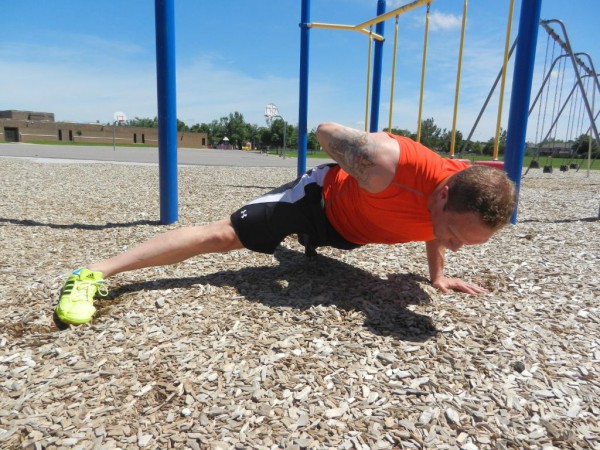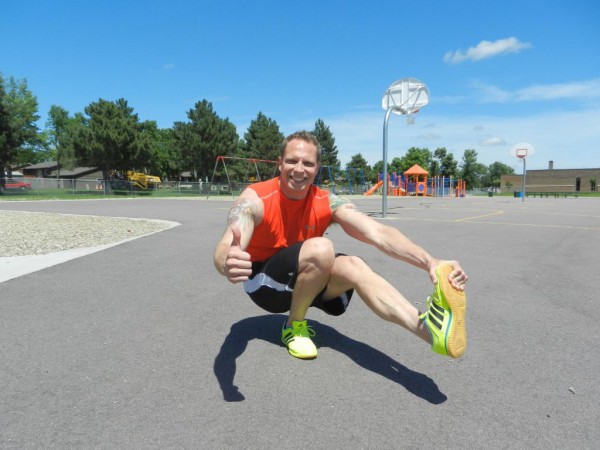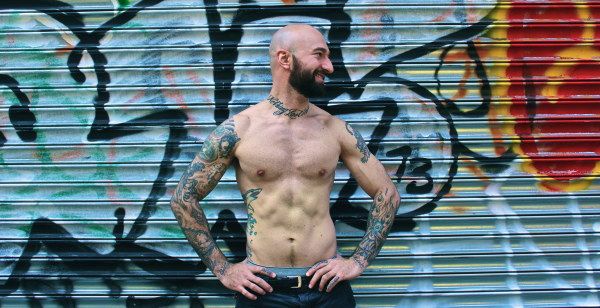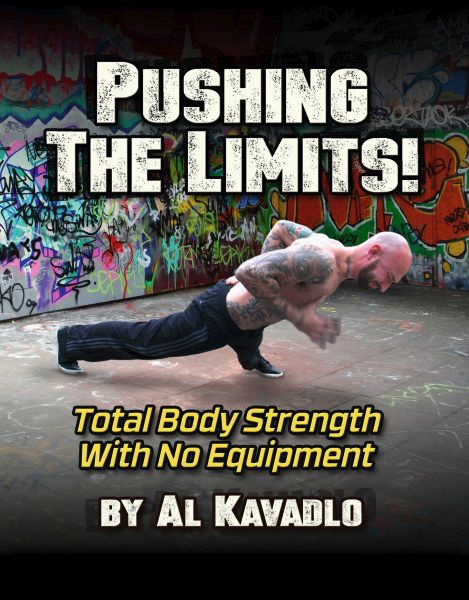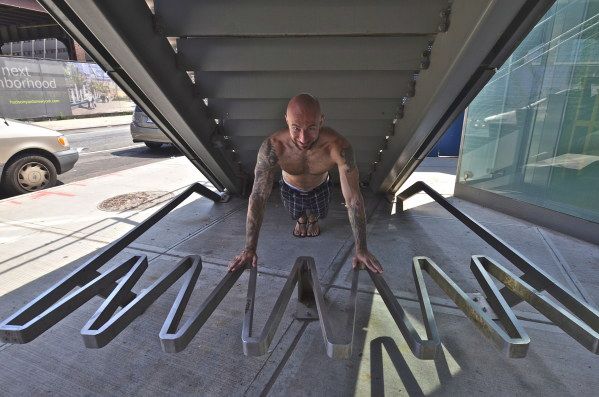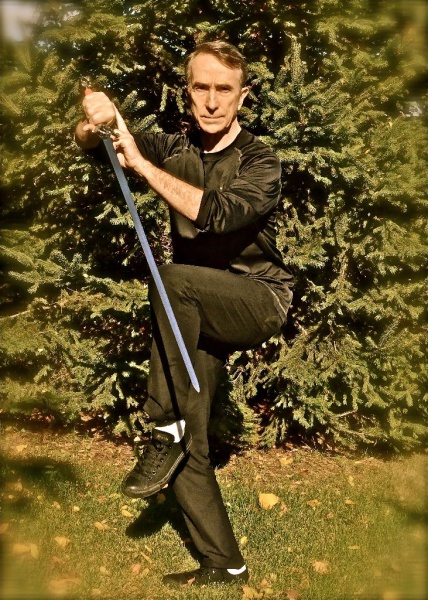 John Du Cane does his best to cut to the essentials and put forth a supreme effort, be it in Dragon Door business or his own health practices.
John Du Cane does his best to cut to the essentials and put forth a supreme effort, be it in Dragon Door business or his own health practices.
Michelangelo commented that sculpting his perfect statue was a matter of chipping away the extraneous stone until the perfect form revealed itself. He also commented that if people had any idea how hard he worked, they wouldn’t marvel so much at the results of his labor. And herein lie two of the secrets to great success in any endeavor: hone your skill at cutting to the essentials—and put forth an unremitting, focused, supreme effort.
As athletes, we are in the business of cultivating ourselves as ongoing works of art. We are physical culturists, dealing with one of the most malleable and frustratingly entropic materials imaginable: our own bodies. Nothing degrades like human flesh left to its own devices. Nothing falters and falls apart like a directionless, undisciplined spirit. The winds of impermanence are constantly blowing against the sand paintings we create of ourselves. Faced with such vulnerability and uncertainty, we continue to cultivate ourselves with pride and diligence, celebrating the transient beauty of our beings—or we disgrace ourselves and degrade into decrepitude.
Two entropic forces contribute to our decline—rather than our glory—as human works of art: Lack of focus and laziness. The road to lack of focus is paved with the baubles of variety. Laziness is a crisis of the spirit, best overcome by the inspiration of hero-figures and the connection to a group of mentors and motivating fellow-seekers.
Variety is a double-edged sword. We need variety to entertain us and to explore potentially rewarding new methods. Yet variety is the Great Distracter, pretending there’s a magic secret over the horizon, whose capture will finally reward us with success. When the real secret to progress is and always has been the diligent application of a few core, essential practices.
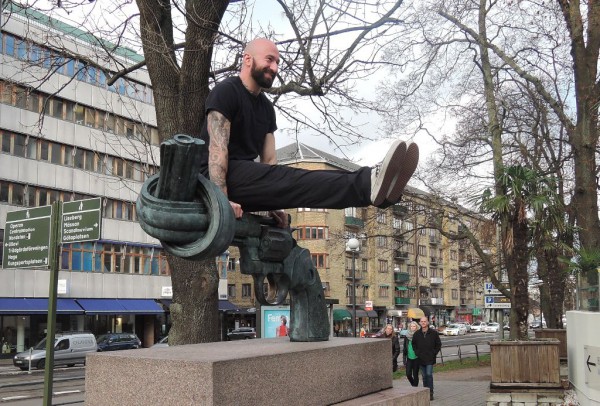 PCC Lead Instructor Al Kavadlo is a hard-working practitioner of the essentials and a role model for the dedicated cultivation of the body as an ongoing work of art.
PCC Lead Instructor Al Kavadlo is a hard-working practitioner of the essentials and a role model for the dedicated cultivation of the body as an ongoing work of art.
In many types of physical cultivation, success can be measured. You document heavier lifts for more reps. You run faster, you punch harder. You reduce body fat percentages. You increase muscle size. You pass physical tests, you enter competitions. You keep a log book (right now, I have set strength goals for myself with kettlebell practice—and a daily log has made a huge difference to my progress.)
For many other types of physical culture—like my own personal practice of Qigong and Tai Chi—progress and success is extremely hard to measure. How do you measure movement skill or internal energy levels? Not easily! Much of the measurement here stems from your own internal monitoring and gauging of your well-being. Cutting down to the essentials and committing to a daily, dedicated practice becomes all the more crucial.
How are you doing these days with your personal physical cultivation? How is the artwork coming along? What could you discard or do differently from now on, to progress as a fine piece of ongoing art?
